Media | Articles
Buying My First Porsche and Everything After—Part II
The first night I tucked my new-to-me 1967 Porsche 912 into my garage (read part one of Lyn’s story here), two things happened. First, I pinched myself. It had always seemed that the odds of my getting a car like this settled on the “outlook not so good” answer from a Magic 8-Ball. Second, a wave of anxiety washed over me. This is my first project car, and I had no clue where to start—I didn’t know what I didn’t know.
I took a breath, recalling the joys found in my dad’s 356 Speedster. If I was going to make some fresh memories of my own, there was nothing to do but get cracking.
This effort should have been kicked off with a trip to California’s Department of Motor Vehicles, but that doesn’t exactly inspire the romance of classic car ownership—it’s more like a grade school visit to the principal’s office, especially given the implications of my 912’s non-operational status. I knew it’d be a while before the 912 would be on the road, so I did what any self-respecting scaredy-cat would do: I procrastinated.
In my defense, the first step in my delay-the-inevitable strategy was critical to the process: I sought out reference material.
I was desperate to know more about my car’s story. The person I’d purchased the 912 from had meant to get it running but never did, and ultimately never put the title in his name. So, I tracked down the guy whose name was on the title. As I left a message on his machine, he picked up. He—I’ll call him Sam—was thrilled to talk with me about the car. He’d bought it from a corrections officer in Santa Rosa who’d started the restoration—that’s where the brand-new floor pan and dashboard, among other things, made their way onto the car, but the project was eventually abandoned. Sam bought the car and a mountain of parts from the officer, but soon realized he wanted something further along in the restoration process. He sold the car and all the parts to a dealer, who then sold just the car to the owner before me. Then, the car languished.
This was a car that everyone, and then no one, wanted. As a result, it had been sitting outside for the better part of five years before making its way to me. It was as if all these previous owners were shepherding it along until I was ready. Serendipity, baby.
Now that I had a bit of my 912’s history, I set about understanding what resources there were within the 912 community. For the first time ever, I joined a discussion forum and even posted. For someone who traditionally doesn’t like asking questions for fear of looking stupid, I put myself out there. I was happy to embarrass myself and admit I had no clue what I was doing and would likely get lots of things wrong, but was excited to learn. I received a lovely welcoming response and even got some great advice about transmission rod boots among the encouragement.
I also picked up a couple of books to have with me in the garage. The 911 & 912 Porsche: A Restorer’s Guide to Authenticity by Dr. B. Johnson came highly recommended, as did the Porsche 912 Workshop Manual and Owner’s Manual. The latter includes some helpful mechanical advice but also imparts the wisdom of taking your car to a well-trained mechanic for detailed jobs.
With literature in hand, I started taking stock of the 912 and what it needed. The more I looked things over, the more I grew confident in my purchase, but there was still plenty of work ahead of me. With each turn of the page, I could see what was correct on my car and what wasn’t.
Somewhere along the line, a previous owner removed the correct 1967 sealed, glass H4 headlights that Ralph Nader deemed unsafe and replaced them with “sugar scoop” units from 1968. I prefer the original look, so I bought a refinished set off eBay before I’d even turned the 912’s key. Even a newbie like me knows that cosmetic fixes aren’t top priority, but I rationalized straightforward projects as a means of getting comfortable with wielding tools and bringing my 912 back to life.

Though it had a new dashboard, the rest of the interior was rough. Fortunately, I’d gotten the car around Thanksgiving and online Black Friday sales were in high gear. I went on a spree, purchasing an entire new interior, including carpets, an upholstery kit, and dash trim plate at a massive discount. I’m a sucker for oxblood, and it’s going to look great with the current patinated exterior, not to mention my future paint plans.
Was I getting ahead of myself? Maybe a little, but I wasn’t ignoring the steps to get this little 912 running. I knew the engine turned over manually, but before checking to see if it could run on its own, I needed to do something about the incredibly rusty gas tank. I ordered a new one as well as the requisite plugs, fitments, and sleeves that go with it. The old sending unit was virtually falling apart so I decided to replace that, too.
The new battery went in next, and to my delight every light except for one of the turn signals worked. Even the clock ran properly! No classic car I’ve ever owned had a clock that was accurate more than twice a day. This was the biggest win yet—the prospect of electrical work was not something I was looking forward to.
As my bank balance shrank, I knew I needed to tap the brakes on the purchases, but I’d do that after I bought new rotors (the pads were actually in good shape). And shocks. Okay, now I was done. Almost. There was a spot up front on the driver’s side directly under the battery that was notorious for rusting out. Mine was no different. I’d need a new front suspension pan and someone to do the welding work before it was safe to drive. If indeed the car actually started.
Once again, I took a breath.

I considered the progress I’d made in mere weeks. There’s now a mile-long to-do list, but having that list and crossing things off it meant I was headed in the right direction. Emboldened, I decided it was time to sort the title.
I headed to the Auto Association of America, which in California can perform some DMV functions, including vehicle registration. Good fortune rained down. It turns out that Sam, the previous-titled owner, was wise enough to register it as non-operational, too—so there’d be no inspections or convoluted processes to worry about. The lovely woman asked for my $292, and there, without fuss or friction, I’d taken care of the legal paperwork. I was in and out in 15 minutes.
The momentum was building. My priority was to get this thing on the road. I had debated prepping the car for paint work, but a couple things stopped me. Almost every other 912 owner I’d come across suggested I just get out there and enjoy the car as-is. Closer to home, my friend and co-conspirator, Hagerty Driver’s Club editor-at-large Aaron Robinson, recently penned an argument for embracing imperfection in our cars, and that sealed it for me. I decided to press on with the mechanical improvements and enjoy the patina. I’d complete the interior because I wanted the cockpit to be a pleasant experience, but for now, it was time to focus on what was under all the sun-damaged sheet metal.
Not long after, with the new gas tank in and fresh gas coursing through its veins, the moment of truth for my 912 came. Robinson, ever helpful, stood by the engine with his can of starter fluid at the ready as I turned the key.
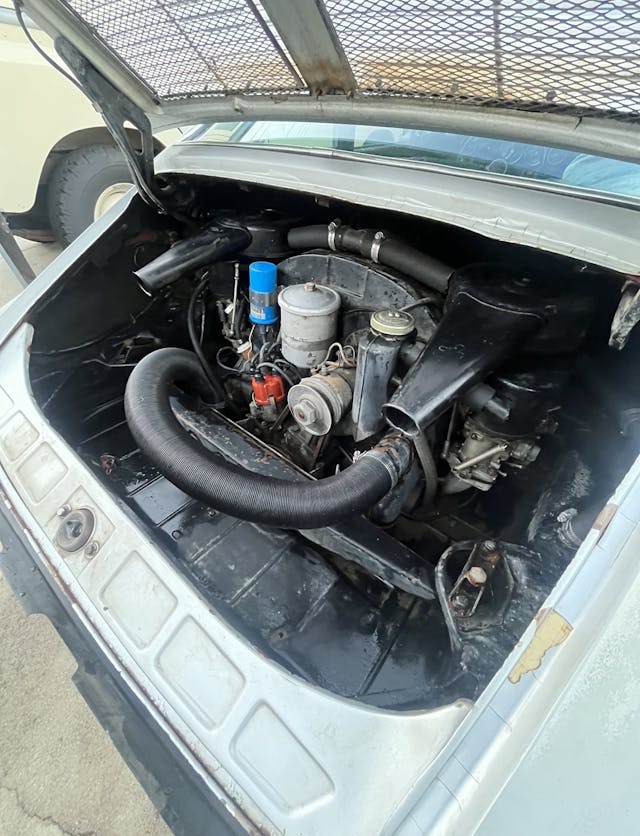
“More gas…More. Again. It’s starving—more,” he said between cranks. I pumped the throttle and the engine coughed. The exhaust blew out a cartoonish cloud of soot.
“More gas. Again.” Robinson sprayed starter fluid into the carbs and it shuddered to life. That simple four-cylinder settled into rhythm, making the same high-humming and happy sound of my father’s long-gone-but-not-forgotten 356 Speedster.
Let the adventures continue.
***
Marketplace
Buy and sell classics with confidence
Check out the Hagerty Media homepage so you don’t miss a single story, or better yet, bookmark it. To get our best stories delivered right to your inbox, subscribe to our newsletters.




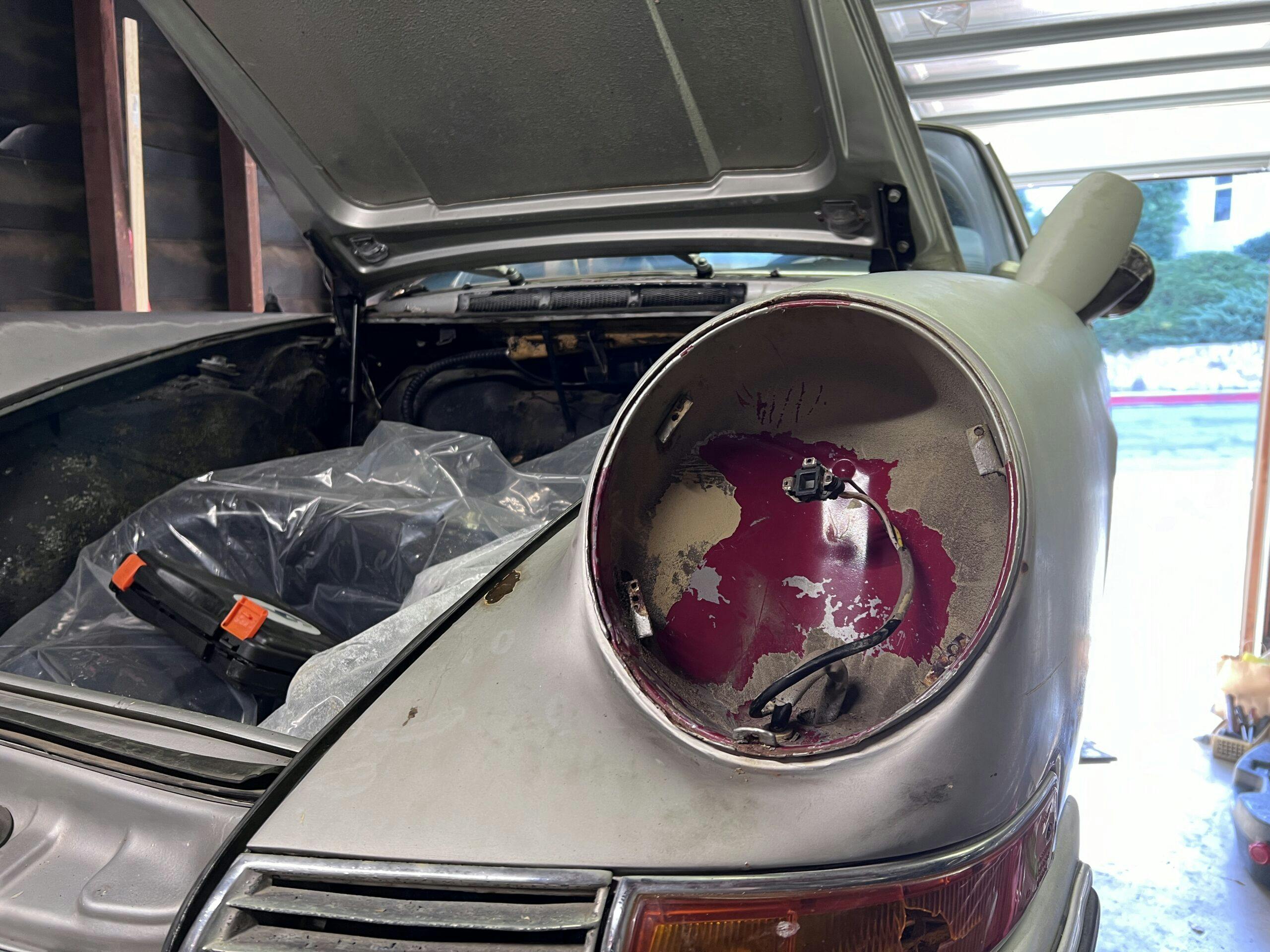

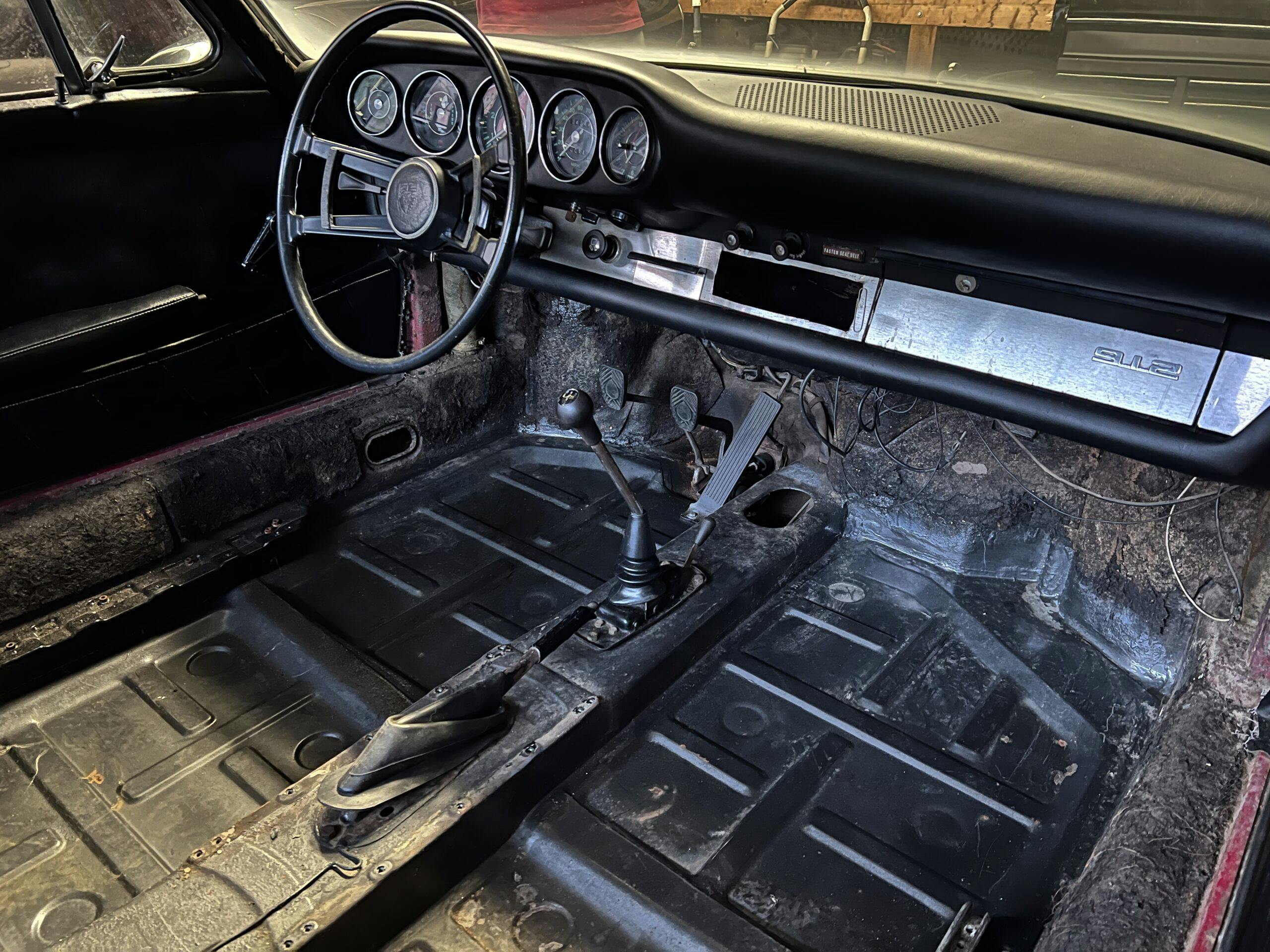
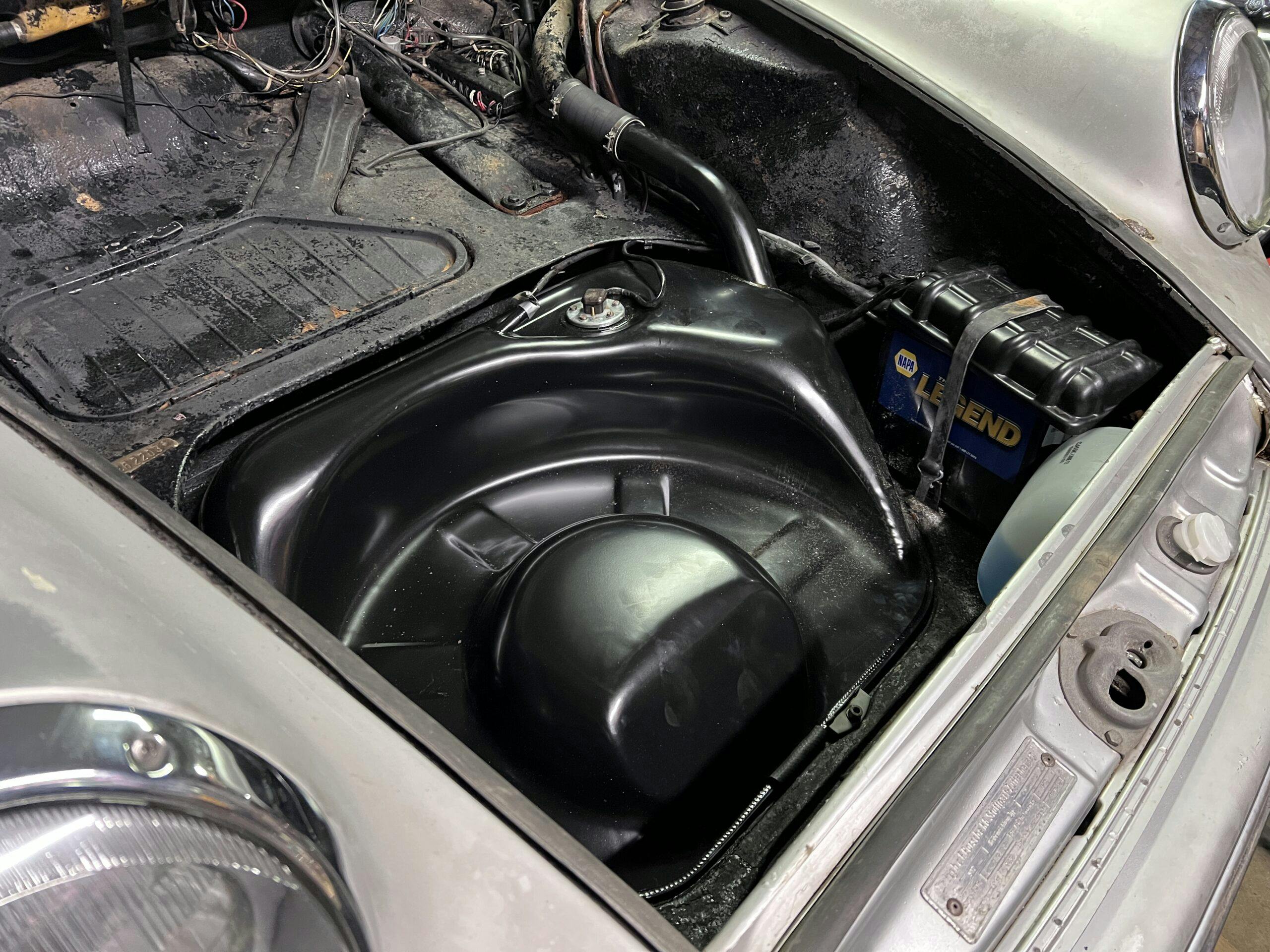
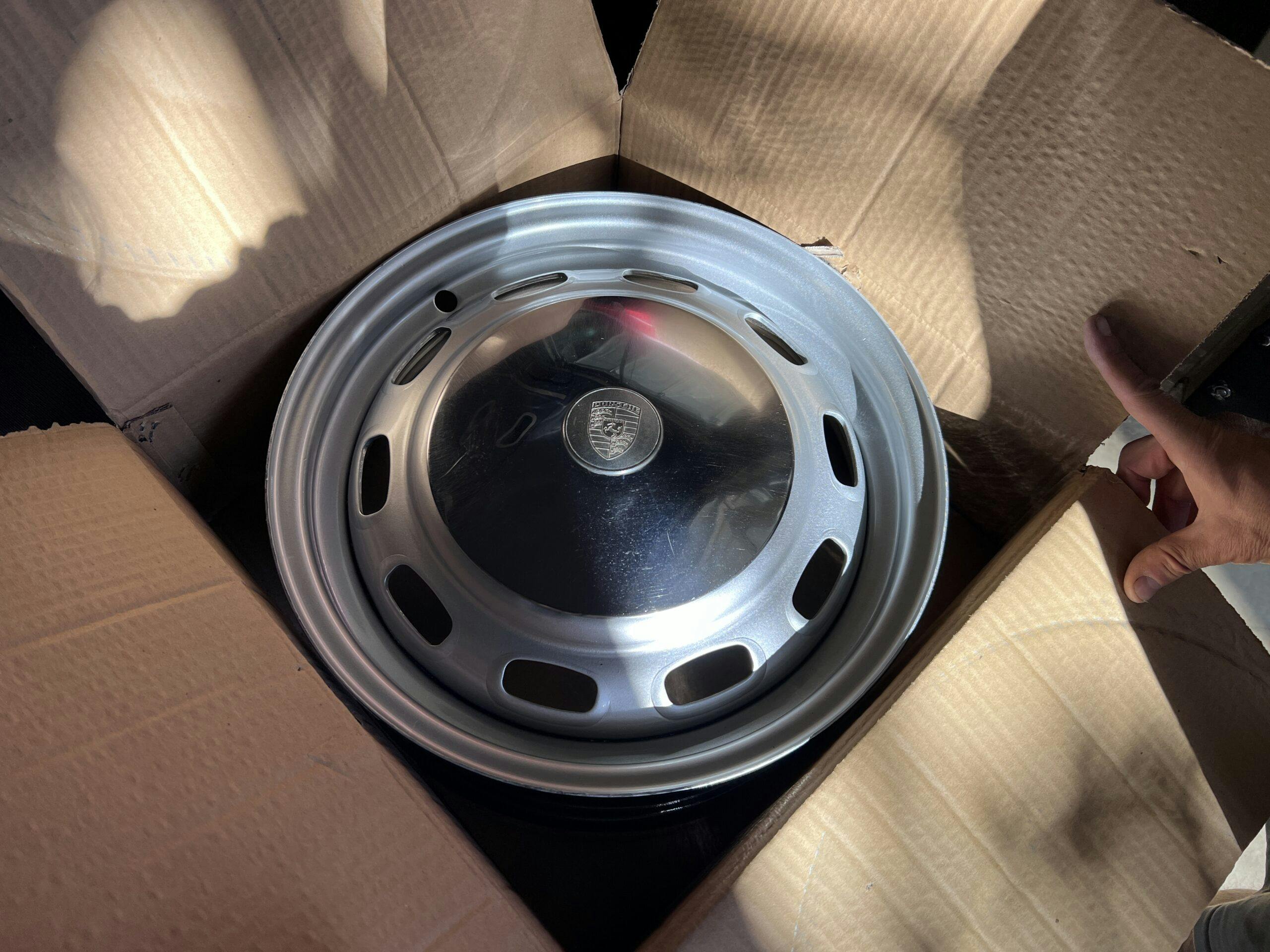
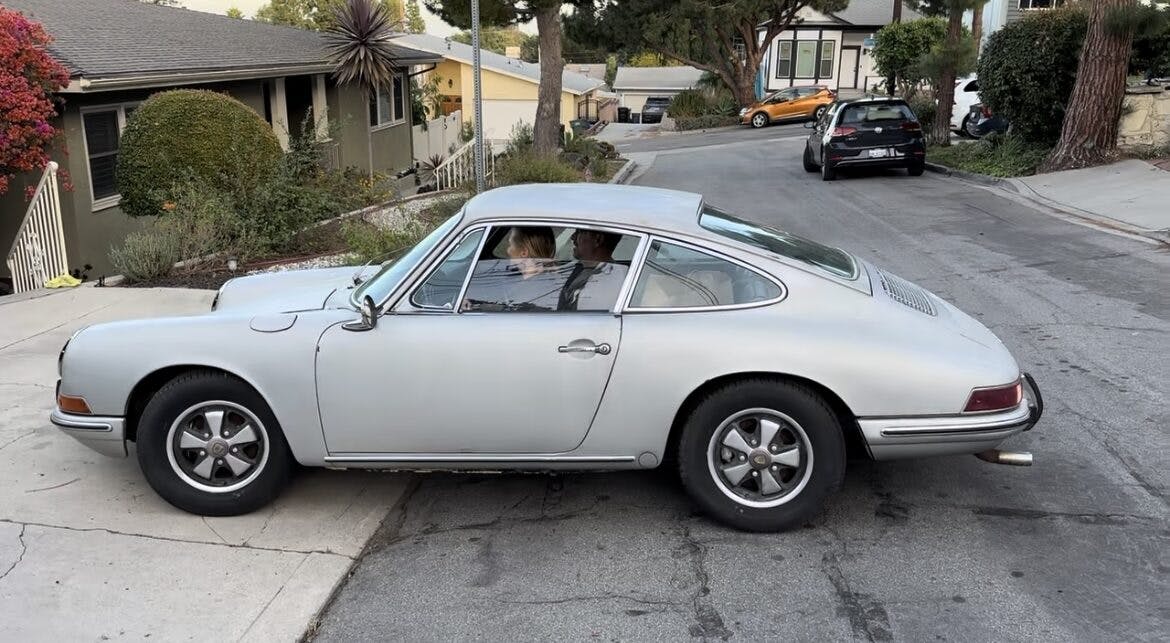

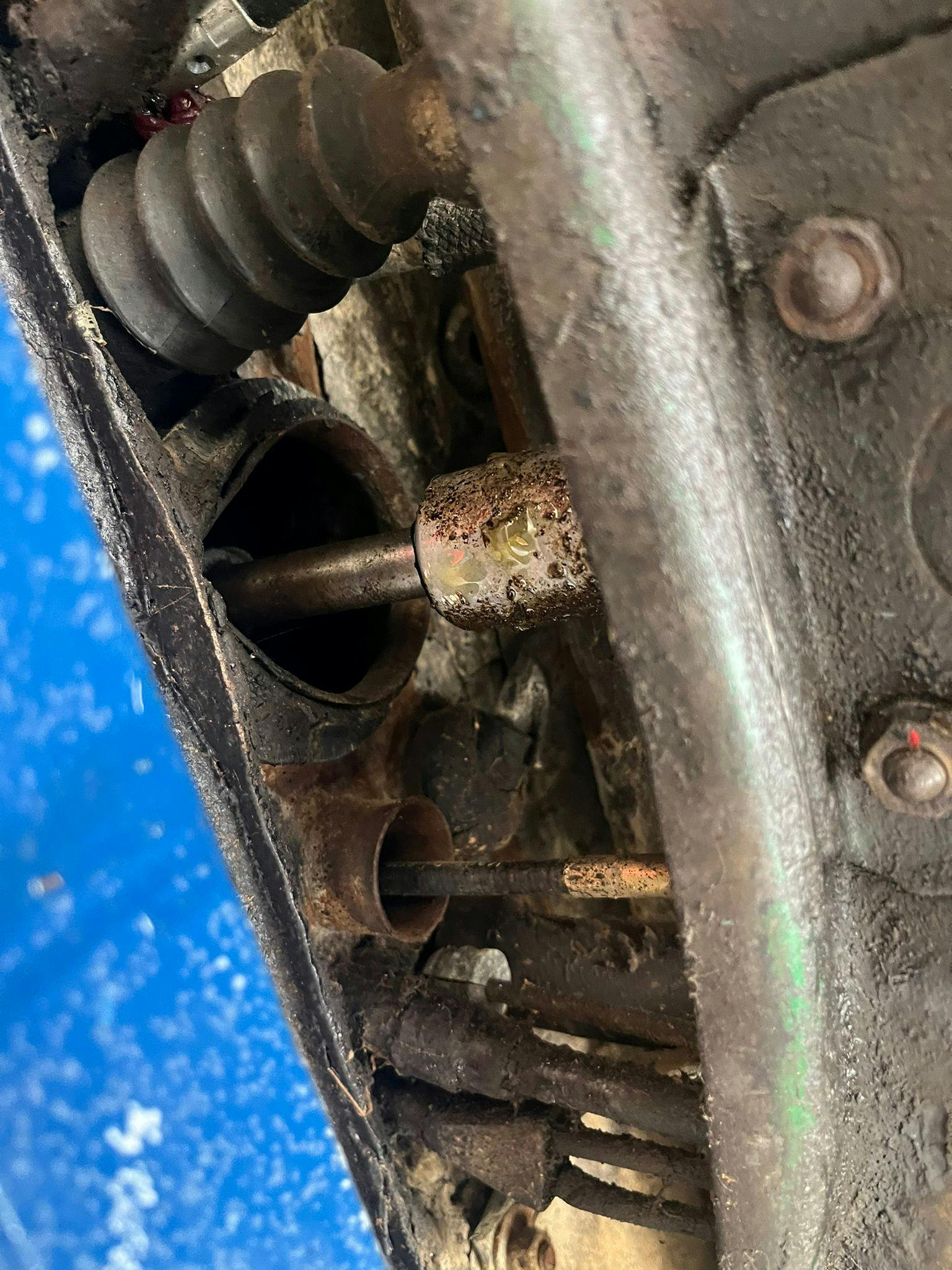















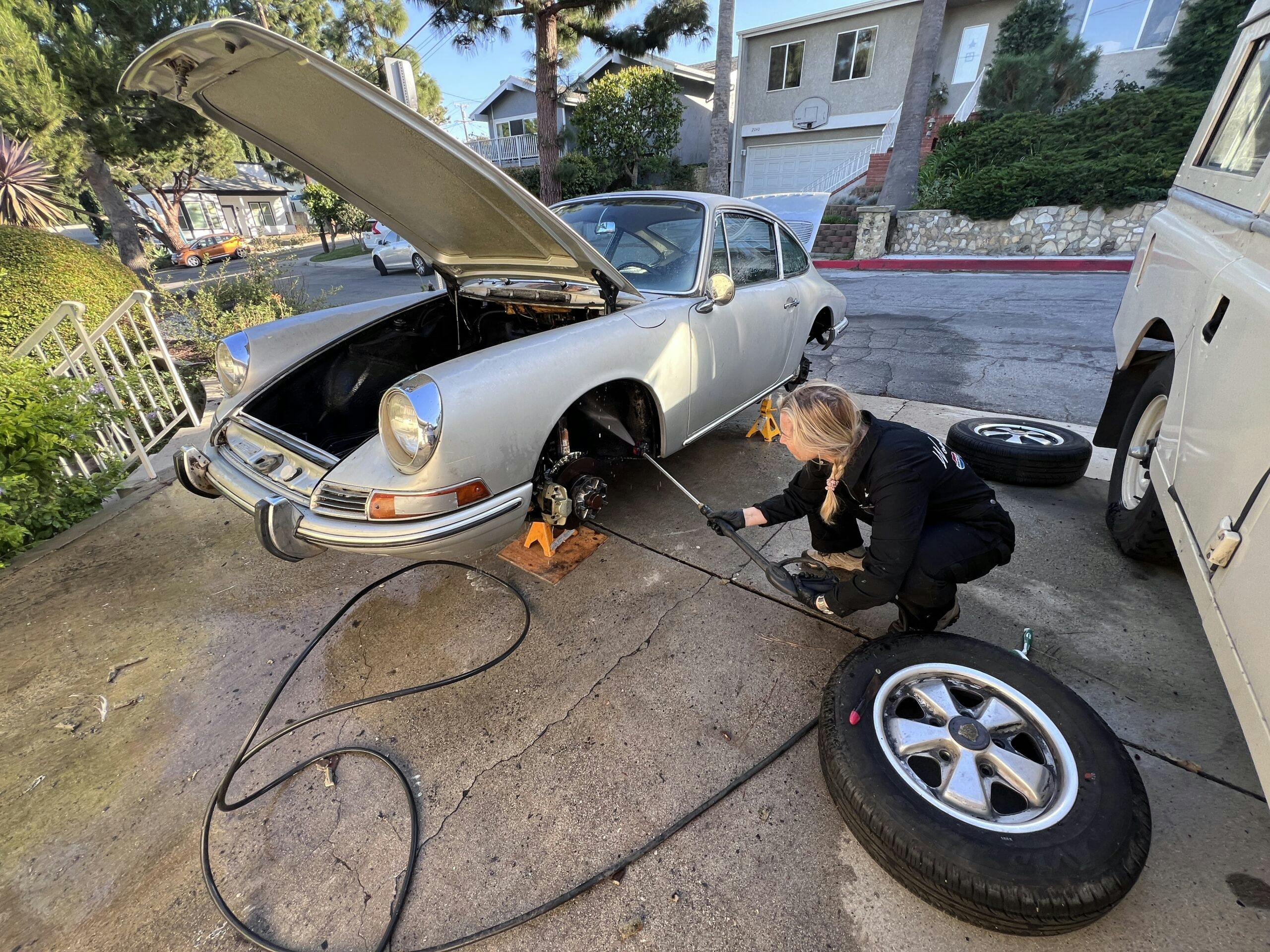
Awesome work. It’s Alive!
Another side to that is that the part may be harder to find down the road. Worst that can happen is the collection sits on your shelf and the value goes up.
The on going saga is what us snow and sub zero fella’s need to keep us interested in our things till warmer weather arrives. Good luck!
So excited to see/read all the progress and can’t wait for the next installment.
With all due respect, and as I see you’ve ignored most of the sage advice given to you, I’d once again like to encourage you to first of all make the car safe to drive and then secondly work to do as little damage as possible mechanically in your quest to get it back on the road.
You are correct that spending money on the interior is getting the cart before the horse. You mentioned brake rotors but not the over 50 year old rubber brake lines and fluid, the master cylinder and the possibility of frozen rotors. Job 1 IMHO is effective brakes.
Also no mention of changing fluids or attempts to verify oil pressure prior to starting up the engine. I can appreciate the thrill of hearing the engine run but with God knows what as lubricant in the case you risk damaging all the engine internals.
Kudos to changing out the gas tank, hopefully you changed all the 50+ year old cloth/rubber fuel lines and fuel filter as well.
Alas, the giddiness of a dream come true clouds the reason and the temptation to address aesthetics overwhelms the new owner. PLEASE for for the sake of others on the road completely address the brake system as outlined prior to taking the car on the road. Getting stranded when the carbs plug or the points go shut is one thing, running through and intersection because you have no brakes is quite another.
Hi Tom,
Though it isn’t covered in the article, Lyn has recently replaced the brake lines and the fluid. I edited this piece and have tracked her progress on the car. As she mentioned, it is a non-operable vehicle at the moment—she knows that there is quite a bit that needs to happen to get it roadworthy. —Eddy
Eddy – thanks for the additional information. Hopefully the fuel lines were also replaced.
Please keep in mind that the banner of Hagerty brings an impression of expertise to many readers of these articles. I recognize that Hagerty has become more of a “lifestyle” company than an insurance company, but I would remind you that many take your words as “gospel”. I would urge you to keep the safety of readers as a top priority and make this clear in the articles. Sorry to be a wet blanket but I feel this is a critical point.
I have two daughters who are into cars and have helped me restore our Porsches (72 911 E, 73 914 2.0), so I’m a big supporter of Lyn’s adventure. I wish her nothing but success. Thanks again for your response.
awesome!!! Great article.
I have read all the articles about Porsche during the 912 years. I am a 914 fan and owner. How about some updates and articles about it. Are there any original ones on the road?
Stay tuned, Tom. We have a 914 story coming in the next month or so.
Fifty-five years ago I stepped into a similar rabbit hole by buying a ’65 912. Joining PCA, I got a copy of Up-Fixin-Der-Porsche and learned to adjust the valves. One professional restoration, 150,000 miles, and many adventures later, I still enjoy the car! Welcome to the club.
I am loving this series! Way to go!
Sehr gut, frauline.
would love further updates!! Love build stories like this. Any youtube channel?
As a 1971 911 owner I enjoyed this very much-looking forward to the next installment